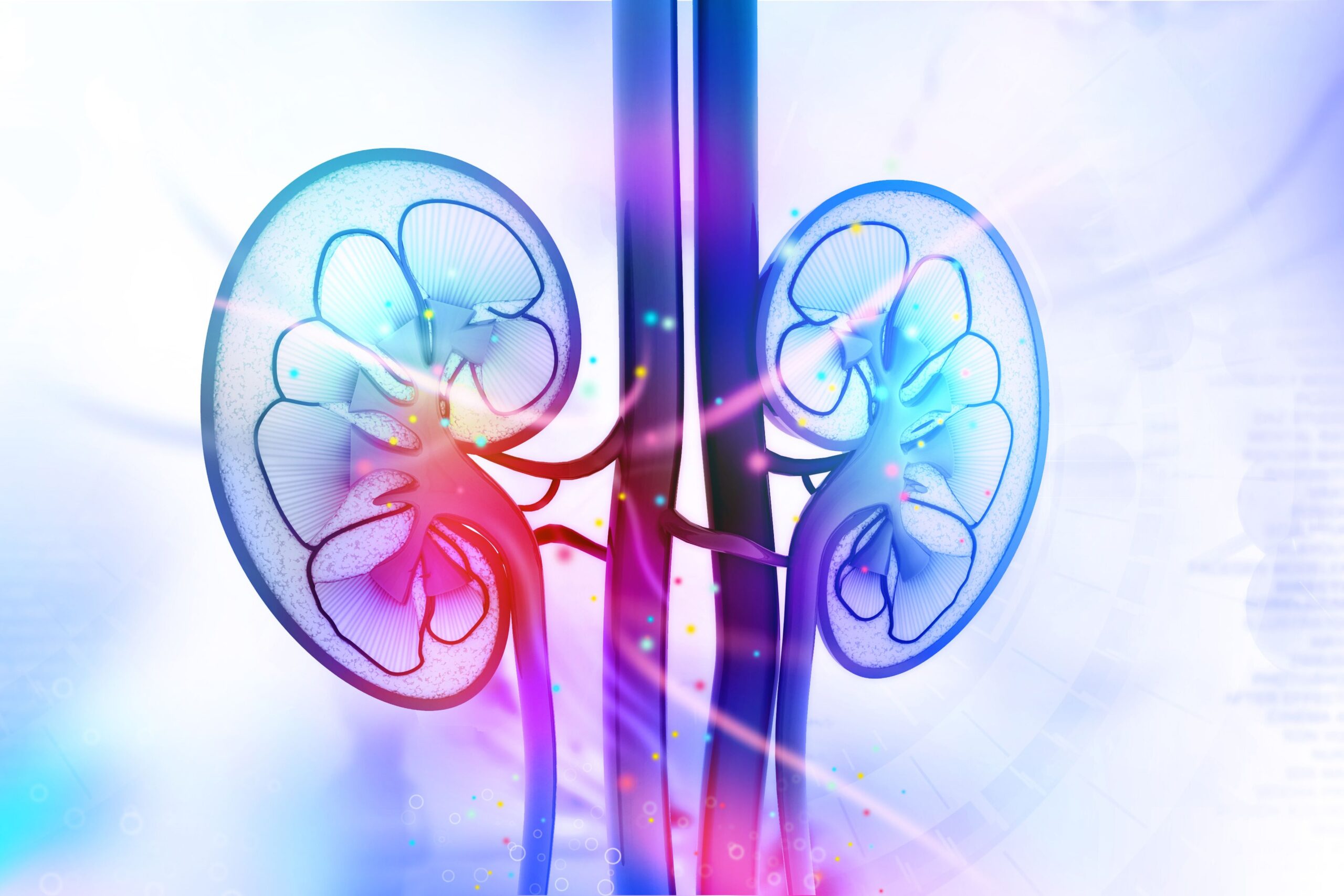When 15-year-old Pedro Elias Garzon Delvaux realised an Associated Press photo of him at the Louvre on the day of the crown jewels heist had drawn millions of views, his first instinct was not to rush online and unmask himself.
Quite the opposite….

When 15-year-old Pedro Elias Garzon Delvaux realised an Associated Press photo of him at the Louvre on the day of the crown jewels heist had drawn millions of views, his first instinct was not to rush online and unmask himself.
Quite the opposite….

These findings were presented at the
![How to Get Your Products Recommended by AI Chatbots [Infographic]](https://afnnews.qaasid.com/wp-content/uploads/2025/11/Z3M6Ly9kaXZlc2l0ZS1zdG9yYWdlL2RpdmVpbWFnZS9zZW1ydXNoX2FpX21vbml0b3JpbmcyLnBuZw.webp.webp)
AI is changing the way that people search for products and services, with an increasing number of people now trusting the guidance of ChatGPT and other apps to help them find what they’re…